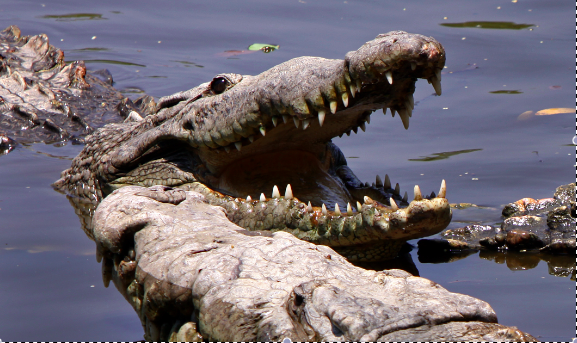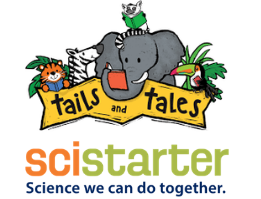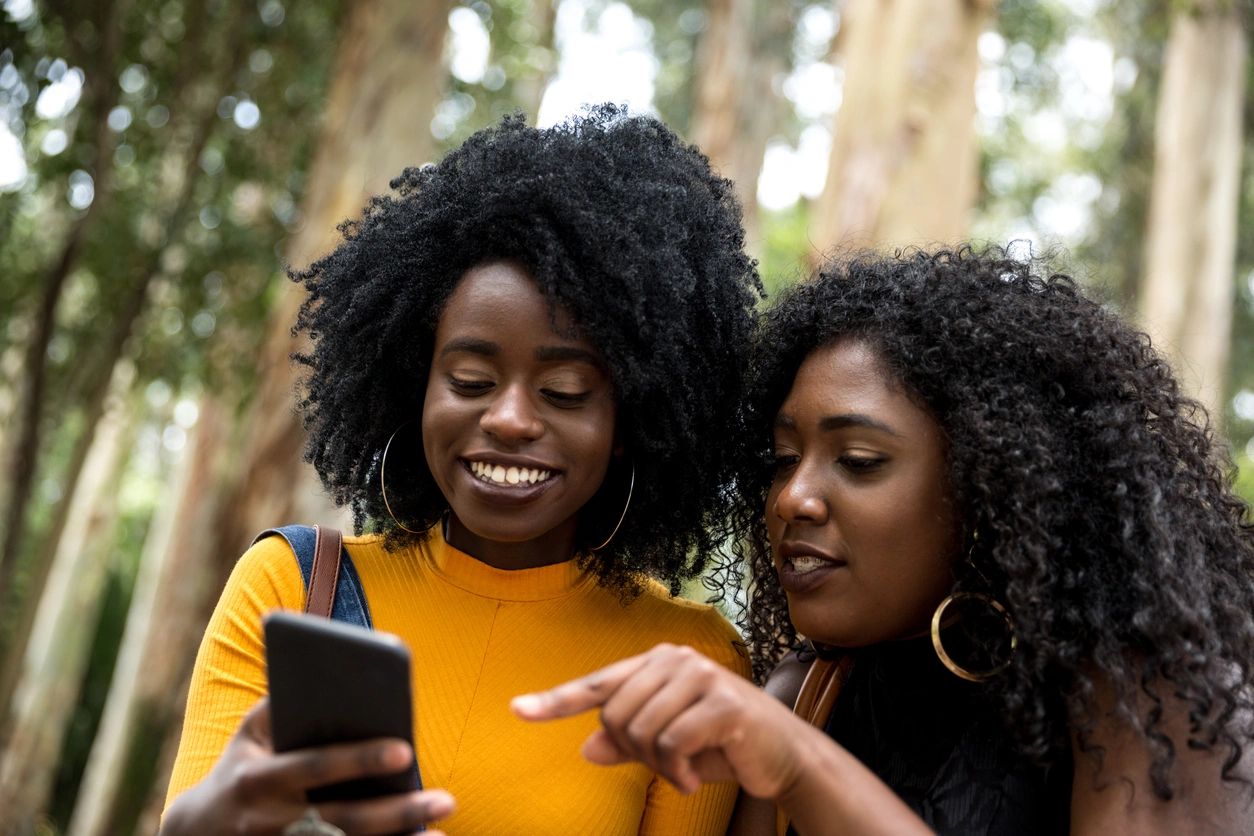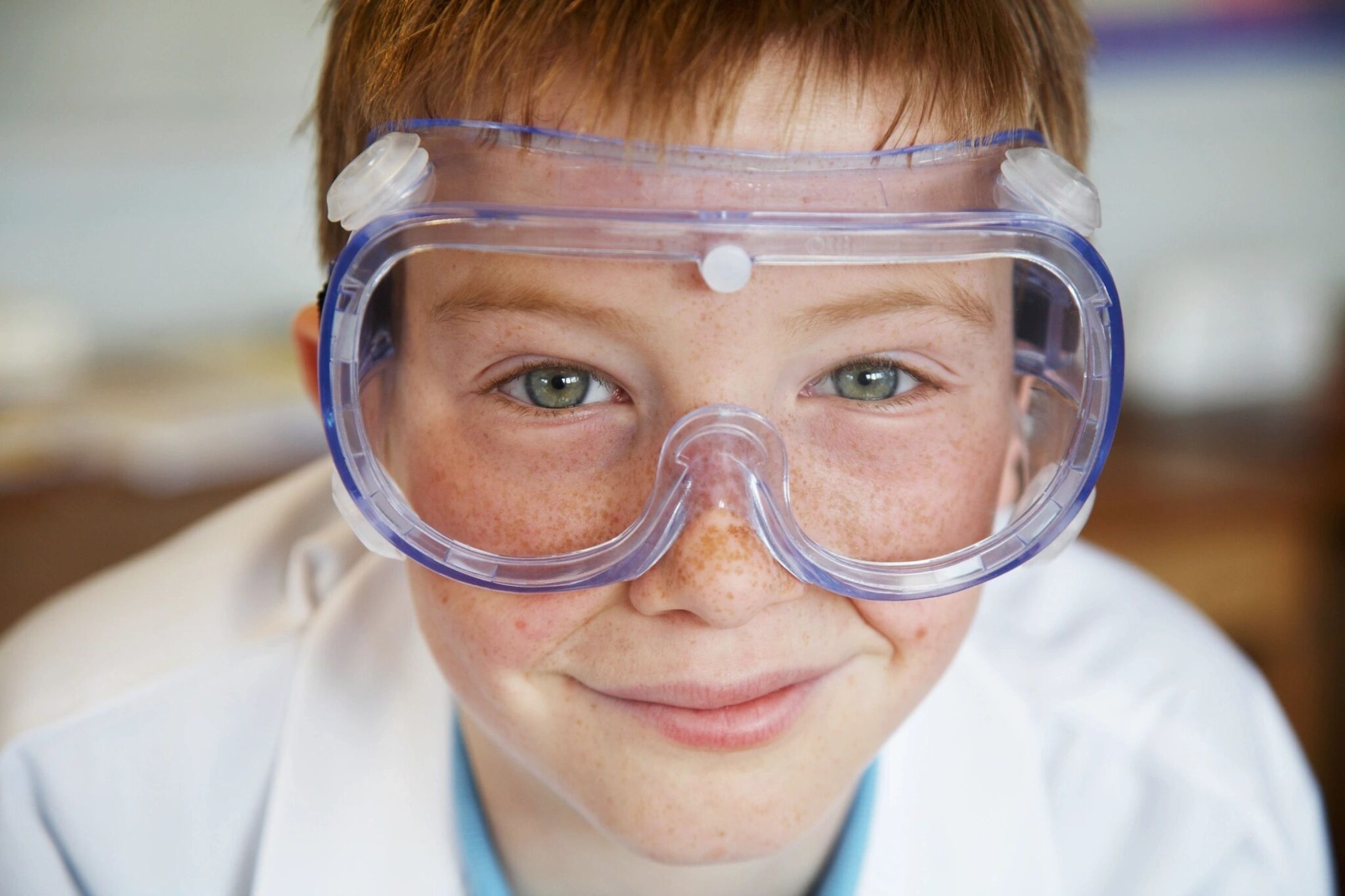





Crocodiles are even more sophisticated hunters than previously understood, according to research from the University of Tennessee at Knoxville. Crocodilians (crocodiles, alligators, caimans) have been observed using teamwork and even tools to catch their prey.
Recently, other studies have found that crocodiles and their relatives are highly intelligent animals capable of sophisticated behavior such as advanced parental care, complex communication and use of sticks as tools for hunting. These versatile animals can also climb trees.
Now, Vladimir Dinets at UT’s Department of Psychology has found that crocodiles work in teams to hunt their prey. During the study, crocodiles and alligators were observed conducting organized game drives. For example, a group of crocodiles would swim in a circle around a shoal of fish, gradually making the circle tighter until the fish were forced into a tight cluster known as a bait ball. Then the crocodiles would take turns cutting across the center of the circle, snatching the fish.
Sometimes animals of different sizes would play different roles. Larger alligators were observed driving a fish from the deeper part of a lake into the shallows, where smaller, more agile alligators blocked its escape. In one case, a huge saltwater crocodile frightened a pig into running off a trail and into a lagoon where two smaller crocodiles were waiting in ambush.
“All these observations indicate that crocodilians might belong to a very select club of hunters—just 20 or so species of animals, including humans—capable of coordinating their actions in sophisticated ways and assuming different roles according to each individual’s abilities,” says Dinets.Studying predatory behavior by crocodiles and their relatives such as alligators and caimans in the wild is notoriously difficult because they are ambush hunters, have slow metabolisms and don’t need to eat very often. In addition, they often hunt at night in the murky, overgrown waters of remote rivers and swamps.
Accidental observations of their hunting behavior are often made by non-specialists and remain unpublished or appear in obscure journals. Many hours of observation are often spent waiting for the crocodile to move.To overcome these difficulties, Dinets crowd-sourced the project. He collected eyewitness accounts from amateur naturalists, crocodile researchers and nonscientists working with crocodiles. He also examined observation journals and conducted more than 3,000 hours of his own observations of crocodile behavior. The results revealed extensive coordination and collaboration among the crocodiles in hunting their prey.”Despite having been made independently by different people on different continents, these records showed striking similarities. This suggests that the observed phenomena are real, rather than just tall tales or misinterpretation,” says Dinets.
Dinets continues to crowd-source observations of crocodile behavior, so there is still time to help with the ongoing research. If you have something to report, Dr. Dinets requests that you send your social media contact information to him at
dinets@gmail.com.Dinets said more observations are needed to better understand what exactly the animals are capable of. “These observations don’t come easily,” he says.
The results of the crocodile behavior research have been published in the journal Ethology Ecology and Evolution.
Image: American crocodiles basking at a swamp in La Manzanilla, in the state of Jalisco, Mexico (Tomas Castelazo)










